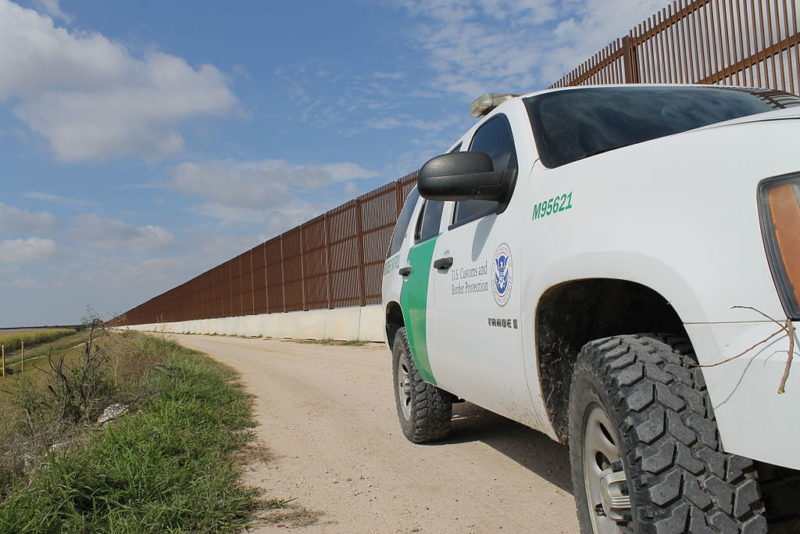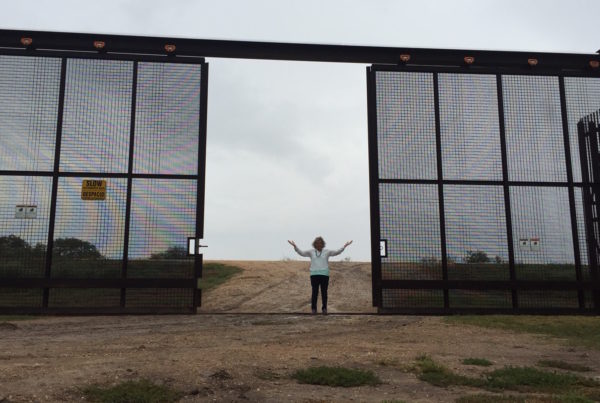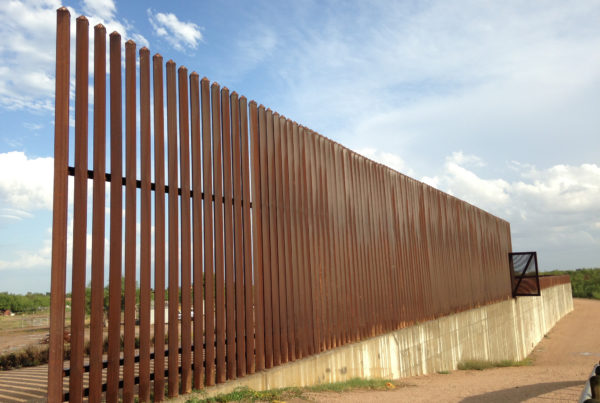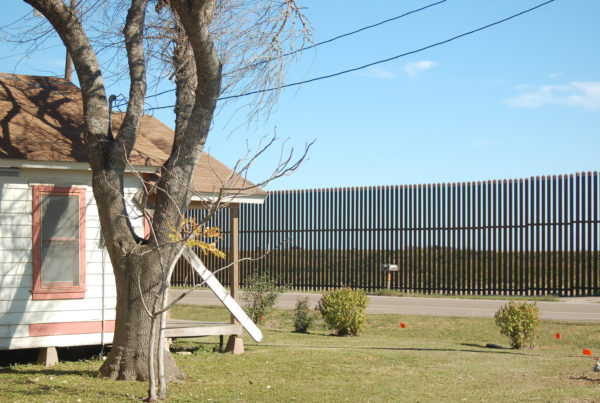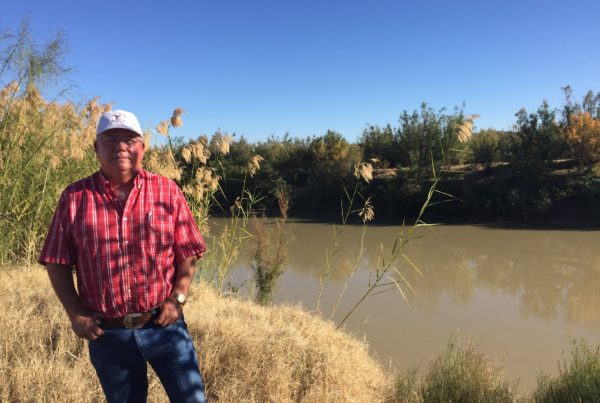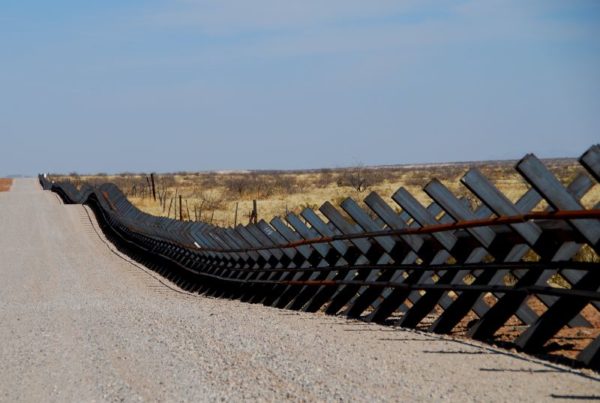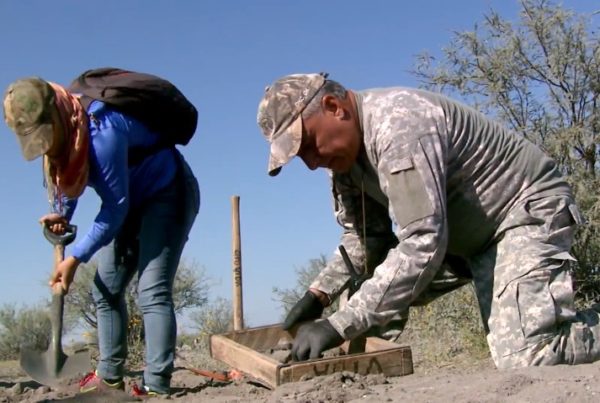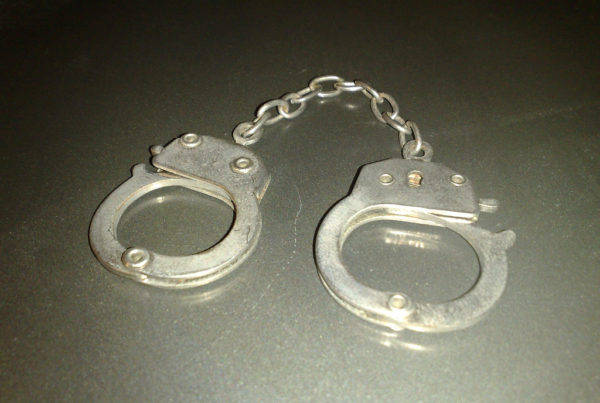On a typical day in 2016, the United States Customs and Border Patrol employed 20,183 border agents – 17,026 which were on the United States-Mexico border. The agents are tasked with apprehending people crossing the border illegally, processing immigrants who have turned themselves in and declared asylum, confiscating drugs moving across the border and much more.
Chris Cabrera is the vice president of the National Border Patrol Council, a union for border patrol agents. The council endorsed Donald Trump during his election campaign.
Cabrera says if Trump’s proposed border wall does go up, it could change how agents work along the U.S.-Mexico divide but it won’t mean there will be less of a need for border patrol.
“Hopefully we can get out of the babysitting business and get back into the enforcement business where we belong,” Cabrera says.
Cabrera says border patrol sees 500 to 1,000 people crossing the border in the Rio Grande Valley daily, with 80 percent of those getting released pending a court date or an asylum hearing.
“We end up taking them to the station, getting them processed and, in a sense, becoming a babysitter,” he says. “We’re dealing with people turning themselves in. We still have people trying to get away, but we’re not able to cover all of our areas because so much of our manpower, so much of our resources, are dedicated to the ones who are turning themselves in.”
It’s a loophole that smugglers are exploiting, Cabrera says. If a person wanted to claim asylum, they could legally do so at a border crossing, before physically crossing that border point.
“But the smuggler’s will stop them before they get to that bridge and tell them they need to cross the river when they tell them to and where they tell them to,” Cabrera says. “That’s going to tie our agents up so we can’t stop the people that are really trying to get away or the drugs that are coming into this country because we’re being corralled over to deal with the groups of 50, 60,70 at a time. So it leaves our areas vulnerable to whoever wants to come in and bring in whatever they want.”
Cabrera says he doesn’t think one continuous wall along the U.S.-Mexico border is feasible. He says the terrain is varied throughout and different areas will call for different barriers – whether that’s physical or virtual. But a wall isn’t going to change much about border security, he says.
“If you look at San Diego they have the landing mat wall a two tiered wall with a no man’s land in the middle and then [people are] still finding ways under it, around it, through it,” Cabrera says. “There’s just so much to be dealt with down here I don’t ever see it going away. But what I do see is the problem continuing to fester and we haven’t taken any new measures to conquer this in the past 15 years that I’ve been here.”
Cabrera says there needs to be a change in policy to help secure the border.
“One thing that needs to be done that was promised is close these loopholes in this catch and release policy,” he says. “There’s a lot of talk of immigration reform, of fixing a broken system. But the first thing that needs to be done, the very first thing that needs to be done, is secure that border.
“If you don’t secure that border you can reform all day long but you’re going to continue to have people pouring in day after day, night after night and you’re going to continually need more reforms. … Until you secure that border, which is first and foremost in the eyes of all border patrol agents, nothing else can get done.”
Written by Beth Cortez-Neavel.


